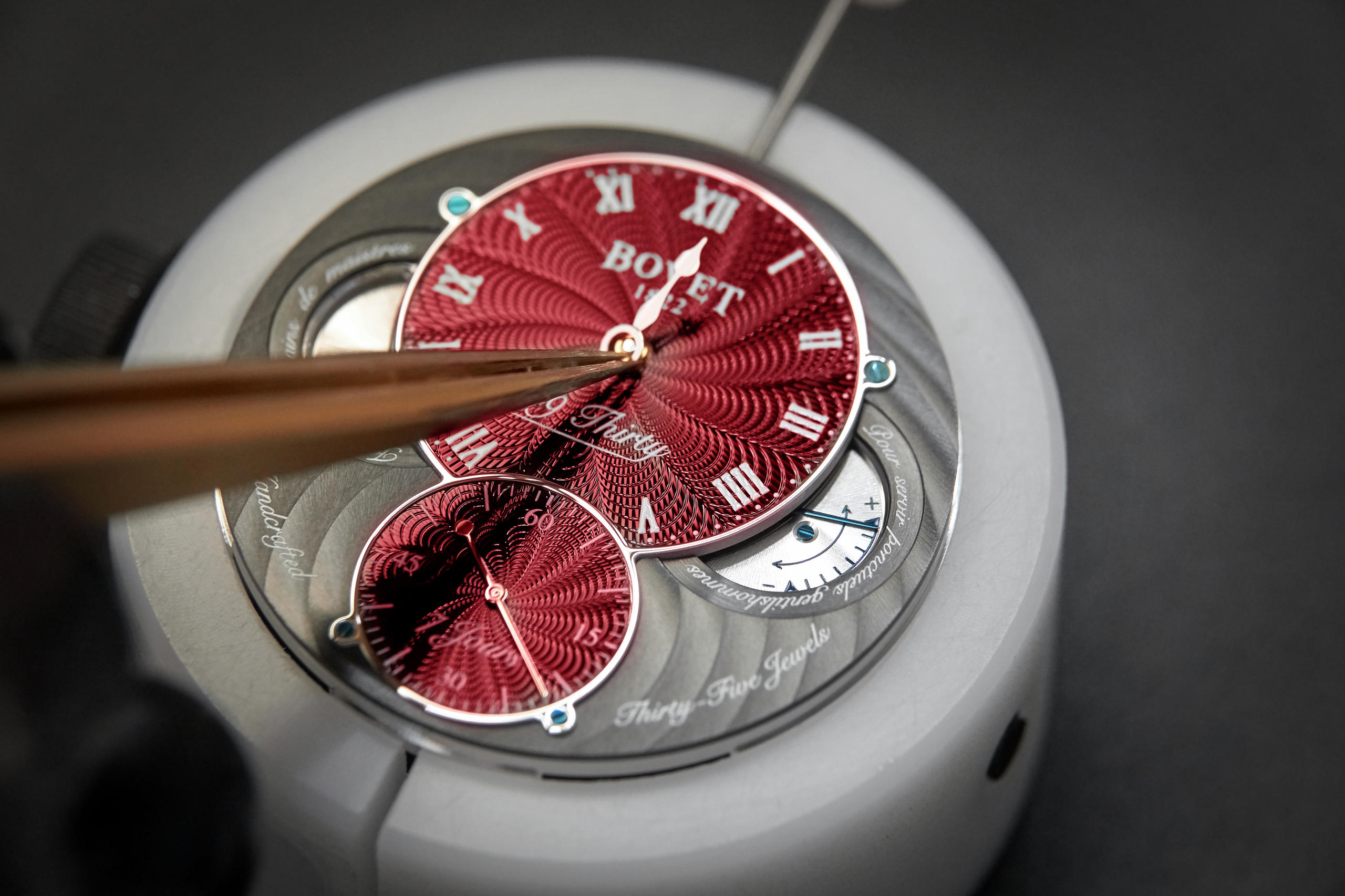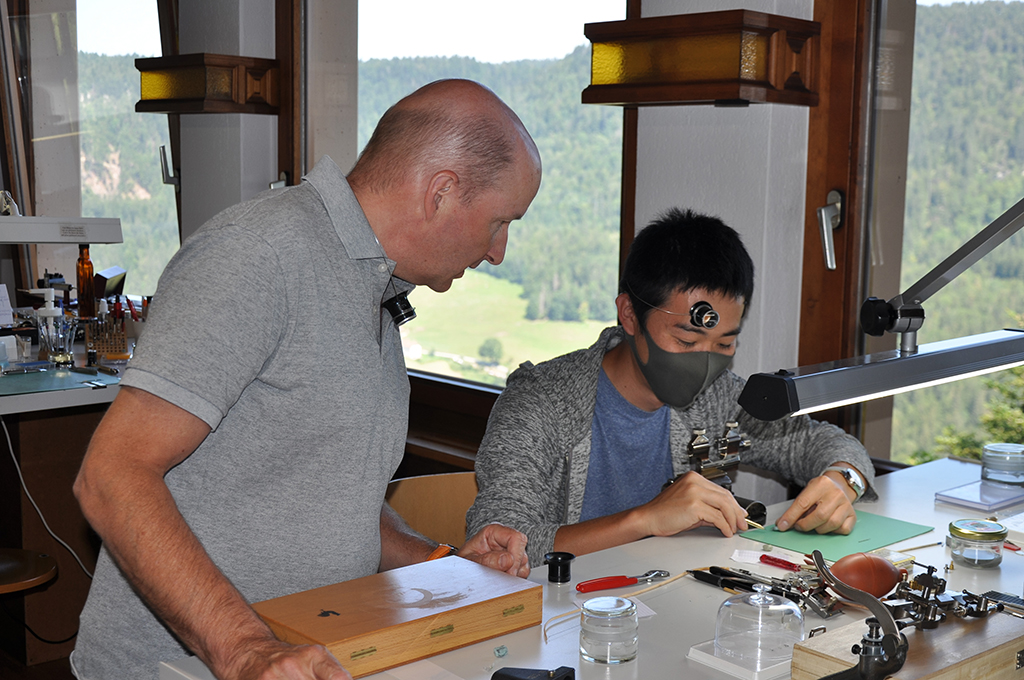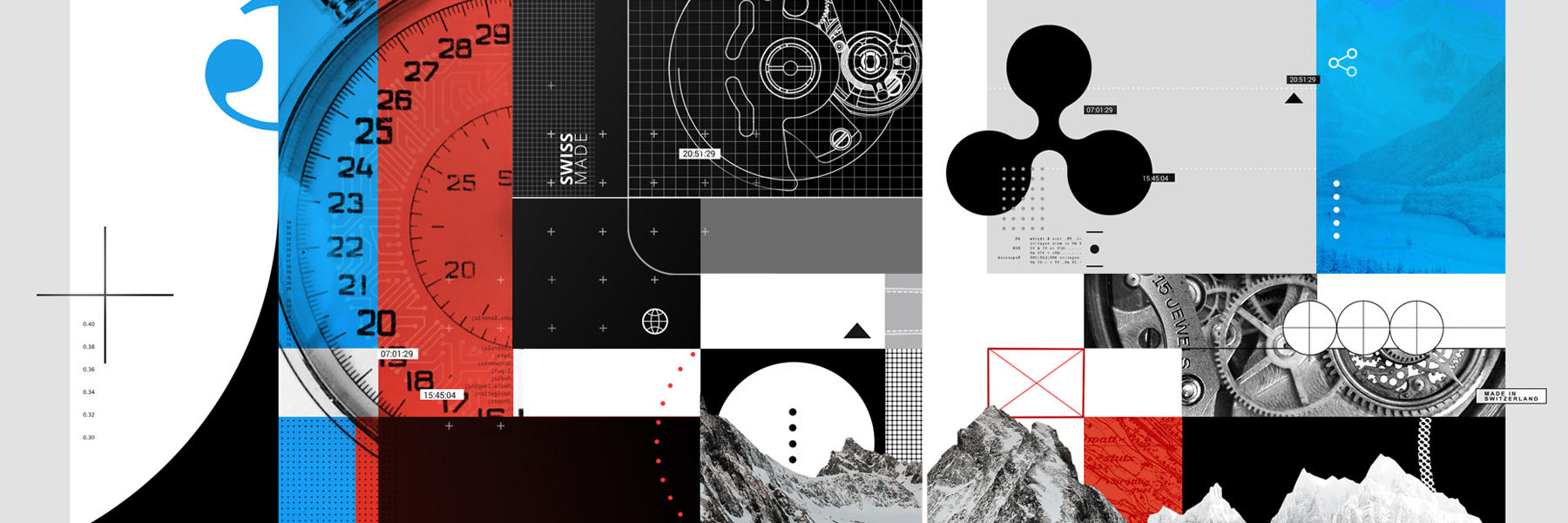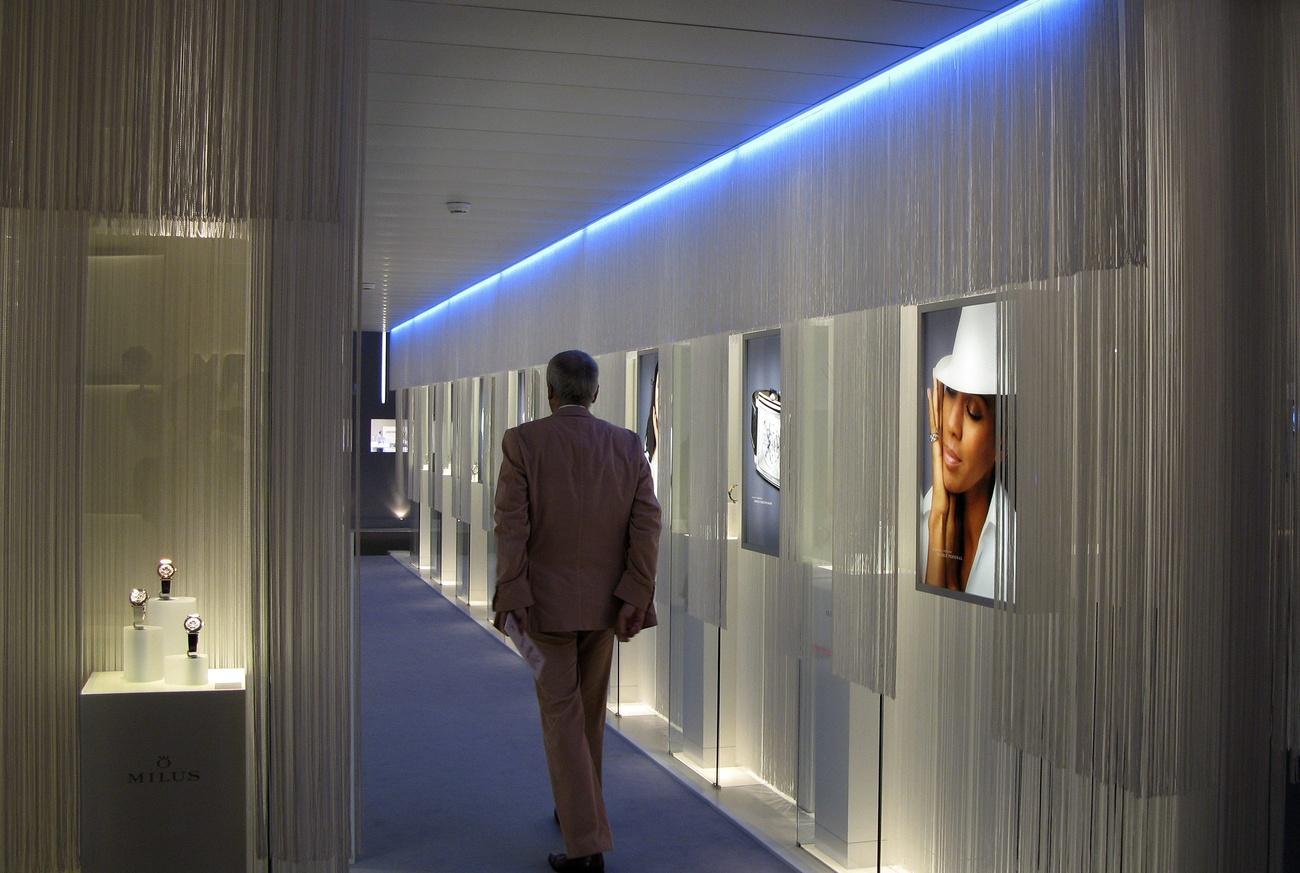How watch house Bovet bowed to new ownership and blossomed

Those of a certain age might recall a 1979 television commercial for the Remington electric razor in which American businessman Victor Kiam proved that he really did put his money where his mouth was. “I liked the shaver so much,” he declared, “I bought the company.”
Kiam died in 2001, the same year in which French entrepreneur Pascal Raffy abandoned plans for early retirement and “bought the company” after being similarly impressed by the perhaps less masculine charms of 19th century watch house Bovet.

While the Remington shaver was famed for its “twin microscreens”, Edouard Bovet had found success by making identical twin watches adorned with matching miniature paintings, often depicting sprays of flowers.
Swiss-born Bovet moved to London in 1814, aged 17, to study horology, and it was while apprenticed to British manufacturer Ilbury & Magniac that he was sent to Canton, China, where he quickly sold a quartet of pocket watches for the equivalent today of $1 million (CHF910,000).
The Asian market for expensive jewels that tell the time was already well established. This encouraged Bovet to set up his own company in 1822 solely to supply China, where he built a loyal following for matched pairs of pocket watches decorated with identical, exquisitely enamelled images, their cases and bow-topped winding crowns encircled with pearls.
Bovet died in 1849, shortly before competition from French and American-made watches, a rise in Chinese fakes, and difficulties caused by the opium war combined to make the business untenable. The Bovet family sold everything to new Swiss owners in 1864 and the company soldiered on until 2000 when Raffy discovered it was looking for fresh investment.
Early retiree
Though only 36 at the time, he had already retired, having bought into a small pharmaceuticals company a decade earlier. It merged with Synthlabo, which Raffy, a lawyer, helped to expand into north Africa prior to it becoming part of the French group Sanofi.
His exit from the business left Raffy a wealthy man, and he received many offers to buy stakes in watchmakers, having become known as a serious collector of valuable timepieces (212 at the last count).
But it was not until he saw his first Bovet, still beautifully finished and with its distinctive “bow” top, that he was moved to take the chance — at a time when the business was down to making fewer than 150 watches a year.

A majority share investment made in 2001 (reported to have been $5 million) proved only the tip of the iceberg. By 2003, he had bought out his partners and, in 2006, he not only acquired Bovet’s components supplier, its dial supplier and a portion of its case-maker, but was also asked by the Swiss canton of Neuchâtel as to whether he might be interested in buying a 14th-century château to go with it.
“I had no desire to own a castle, but when I discovered it had belonged to the Bovet family from 1835 until they donated it to the canton in 1957, I naturally had to have it,” he explains.
A portion of the 5,800-square-metre Château de Môtiers overlooking Val-de-Travers has been turned over to watch assembly. All of Bovet’s dials, hands, movement cases and even hairsprings are produced an hour away in a state-of-the-art facility in the town of Tramelan, which also supplies parts for other brands as well as for electronic, aeronautical and medical companies.

“Respect” for the house
However, while profit and loss must figure in the entrepreneurial Raffy’s thinking — given he is believed to have poured $35 million into the business — his main concern is for preserving what he calls “respect” for the house and mastery of the multiple crafts key to creating a Bovet watch.
“I get the greatest sense of pride when I see all of our engravers, miniature painters and watchmakers working together,” Raffy says of the 92 staff, 70% of whom have worked for the company since he fully integrated Bovet in 2006.
“Having been heavily involved in healthcare, I understood how important it was to ensure everyone has felt safe during the coronavirus pandemic, so we temporarily closed the manufacture to give all of the artisans the maximum amount of time at home,” he says. “But it turned out that what they really wanted to do was to return to work and carry on doing what they love.”
Raffy estimates that the pandemic resulted in the number of watches made in the 2020-21 business year falling to 800, which is 1,000 fewer than usual.
But, with 35% of the 800 being bespoke commissions and the most complex pieces — which Raffy calls “the big, big babies” — costing as much as CHF1m ($1.1m), Bovet remains strong.
It also continues to honour a promise that even its least expensive watches — which start at CHF18,500 for models in the 19Thirty collection — should be finished to an equally high standard as those priced at seven figures.
Right now, however, Raffy’s attention is focused on creating a high-end model to mark the auspicious occasion of Bovet’s 200th anniversary next year. “That,” he says, “will have to be a very big baby indeed.”
Copyright The Financial Times Limited 2021

In compliance with the JTI standards
More: SWI swissinfo.ch certified by the Journalism Trust Initiative












You can find an overview of ongoing debates with our journalists here . Please join us!
If you want to start a conversation about a topic raised in this article or want to report factual errors, email us at english@swissinfo.ch.